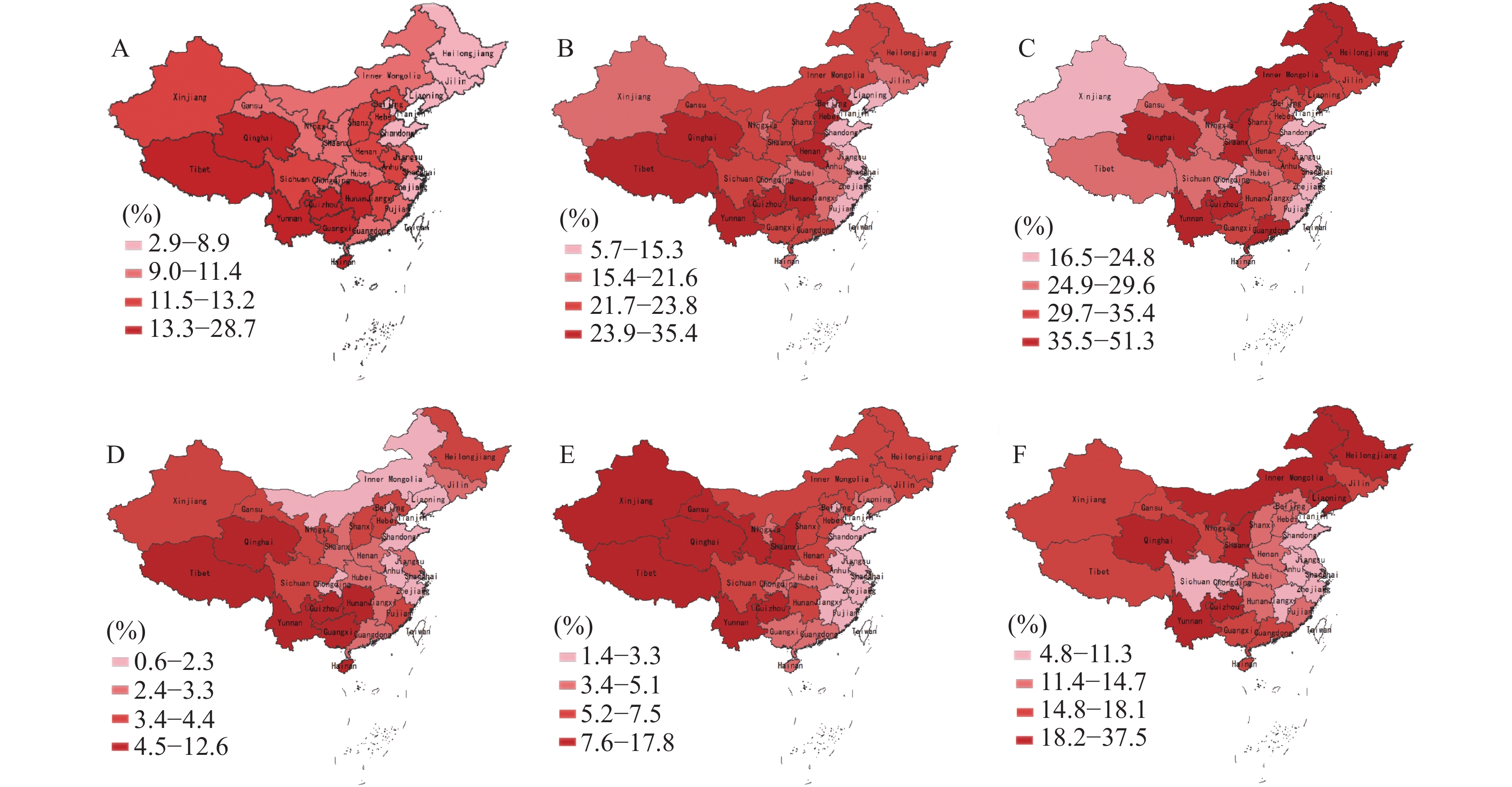2020 Vol. 2, No. 22
Using the framework of the global youth tobacco survey (GYTS), China CDC conducted the first round of a national tobacco survey among junior high school (JHS) students in 2014, indicating that 17.9% and 5.9% of respondents were experimental and current cigarette smokers, respectively.
China CDC implemented a second round of the survey in 2019 and included senior high school (SHS) and vocational senior high school (VSHS) students. Experimental and current cigarette use was much higher among VSHS (30.3%, 14.7%) and SHS (21.6%, 5.6%) students than in JHS students (12.9%, 3.9%). Minors being able to buy cigarettes without refusal, tobacco advertisements and promotions on movies, TV, and at retail outlets, parents smoking, and teacher smoking in school were also widely prevalent.
Despite positive changes from 2014 to 2019, the external factors compelling teenagers to smoke were extensive. The priority for tobacco control among secondary school students should be strengthening the implementation of existing laws and regulations and developing targeted policies and measures for VSHS.
What is already known about this topic?
After the framework convention on tobacco control (FCTC) came into force, the health warnings on cigarette packaging in the mainland of China had been changed in three rounds. But the warning label is still only pure text and without descriptions of specific health consequences caused by tobacco use.
What is added by this report?
Although there were two rounds of changes from 2010 to 2018, current health warning labels did not work in increasing Chinese smokers’ smoking cessation intention compared with the previous one. Large pictorial warning labels were more effective than the current health warning label in stimulating Chinese smoker’s willingness to quit.
What are the implications for public health practice?
Pictorial health warnings could play a great role in promoting the realization of the tobacco control goals of Healthy China 2030. Pictorial health warnings should be printed on cigarette packs in the mainland of China as soon as possible.
The average secondhand smoke exposure rate was 68.1% in China in 2018. The World Health Organization suggests that legislation must be used to achieve a 100% smoke-free environment and protect nonsmokers from secondhand smoke.
This study showed that the implementation of the Amendment Regulations on Smoking Control in Public Places of Shanghai had a significant effect on reducing the exposure rate of secondhand smoke. The rate in 2018 was 46.7%, which was significantly lower than that (58.5%) before implementation in 2016.
Considering the high exposure and the harm of secondhand smoke in China, it is necessary to promote smoke-free legislation and enforce tobacco control measures.



 Subscribe for E-mail Alerts
Subscribe for E-mail Alerts CCDC Weekly RSS Feed
CCDC Weekly RSS Feed

